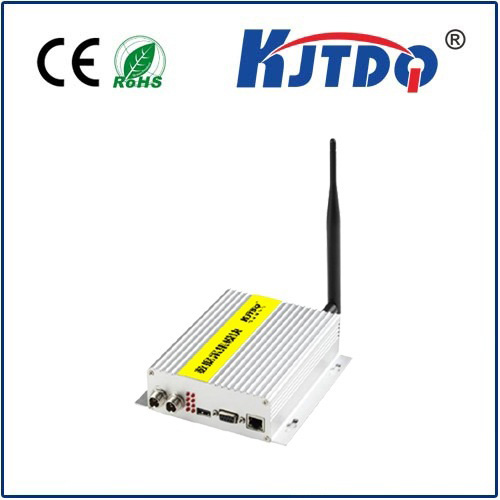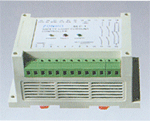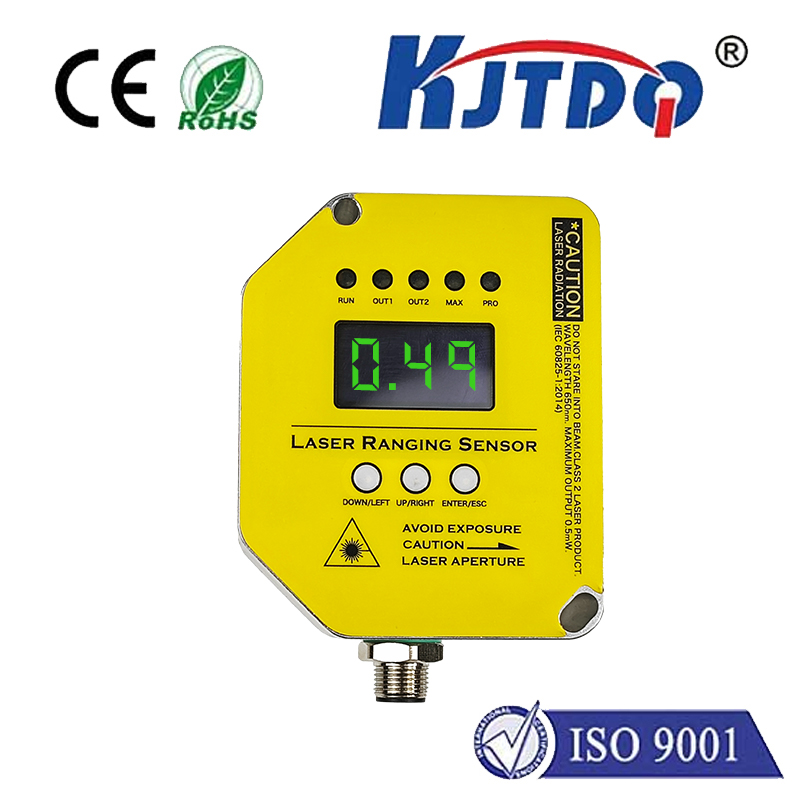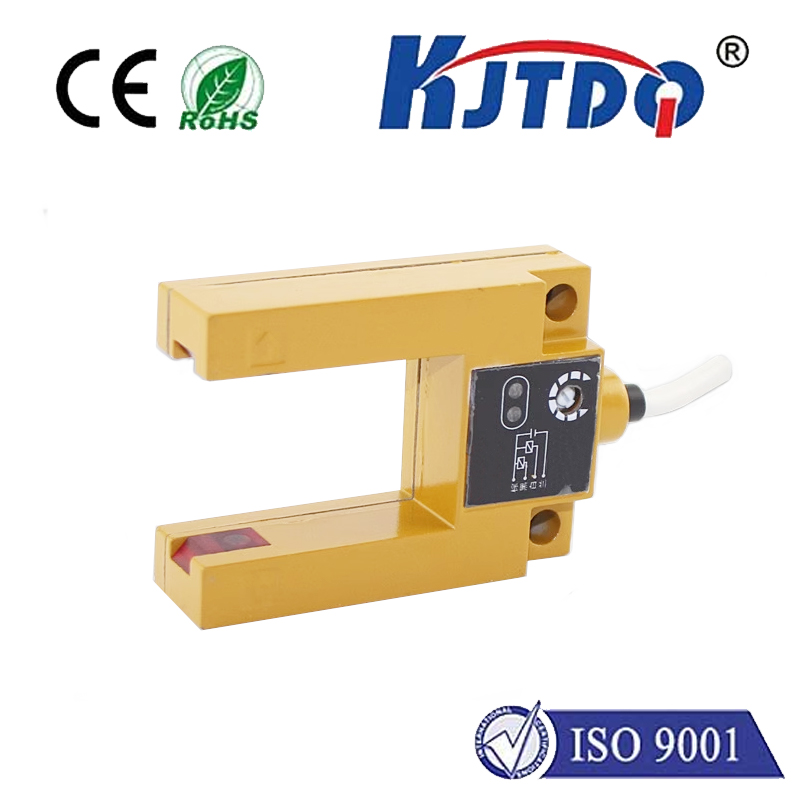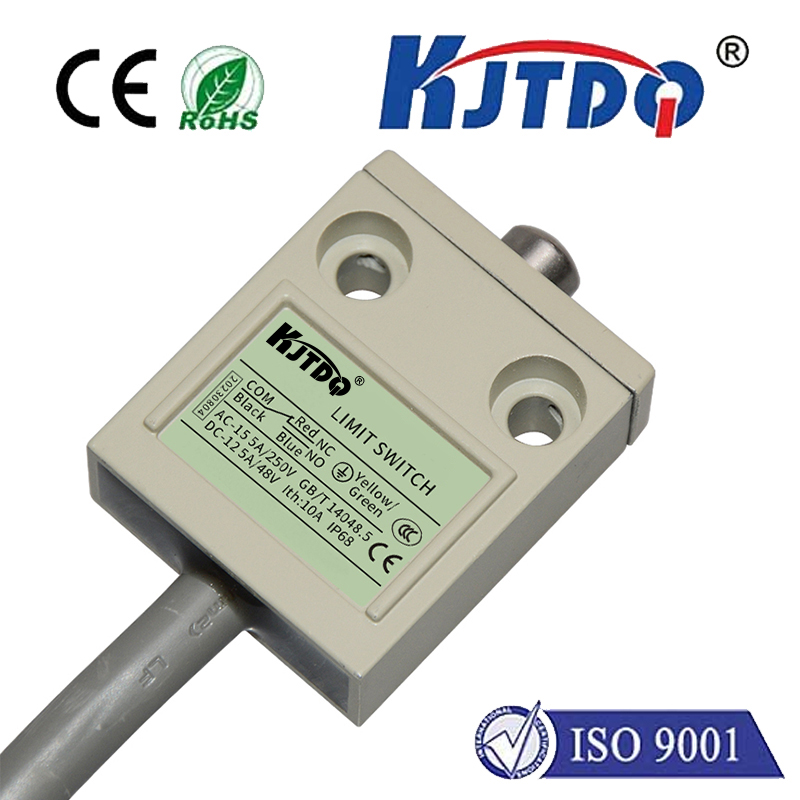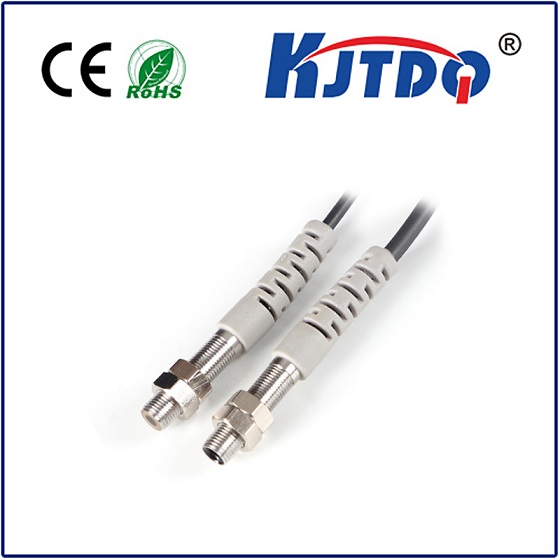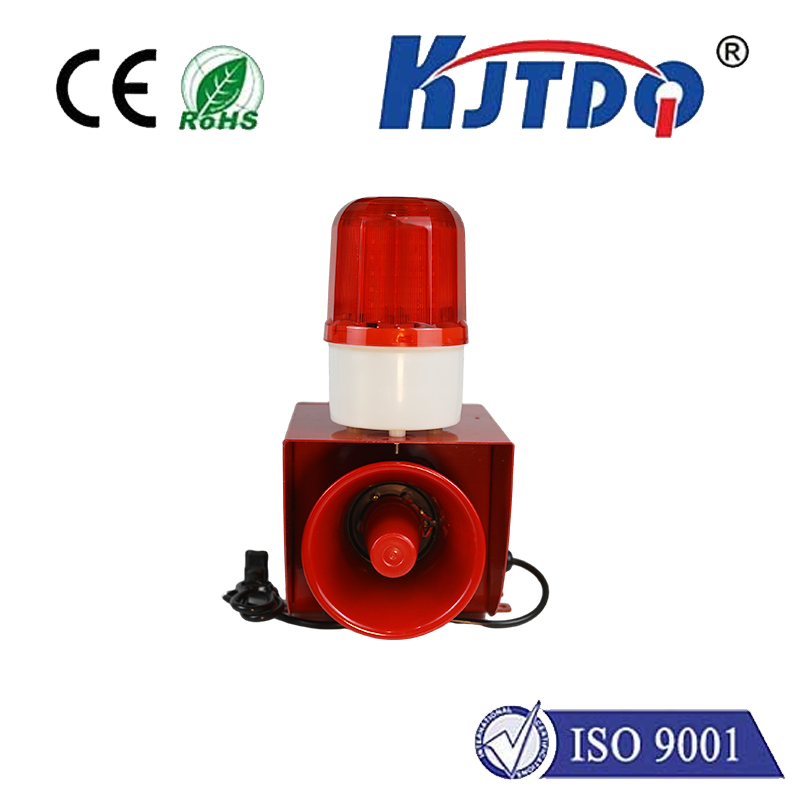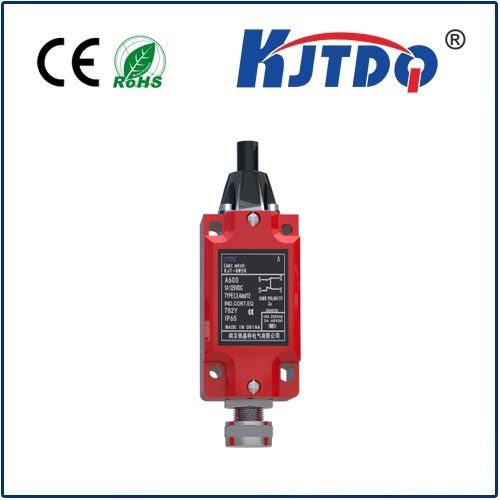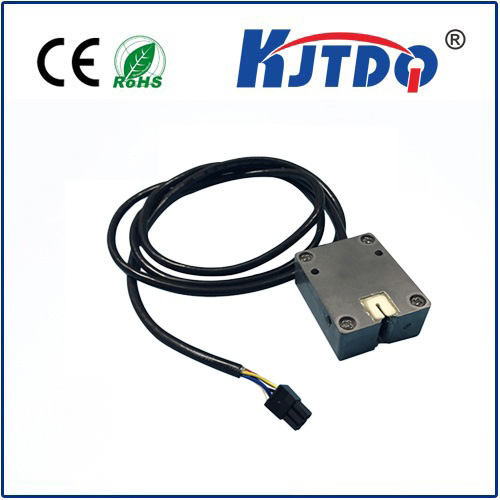
check

check

check

check
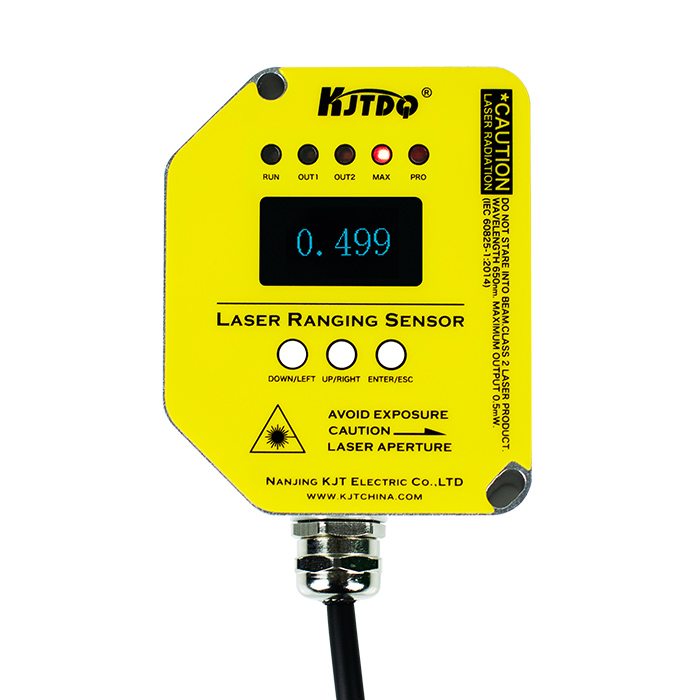
When using a laser ranging sensor, there are several issues you need to pay attention to:
1. Safety issues: Laser ranging sensors use lasers to measure distances, so you need to pay attention to the safety of human eyes and skin. Avoid direct irradiation of laser light into human eyes, especially infrared laser light. In addition, you need to avoid shining the laser directly on the skin to avoid generating heat and causing skin burns.
2. Reflective surface problem: The laser ranging sensor needs to measure distance through laser reflection, so you need to pay attention to selecting a target suitable for reflection. If the target surface is too smooth or has low reflectivity, the sensor may not be able to measure distance properly.
3. Interference problem: The laser ranging sensor may be interfered by external light sources. Strong light sources may interfere with the sensor's measurement results, so you need to ensure that the surrounding environment is dark or protected from light when using it. In addition, care needs to be taken to avoid interference between other laser equipment and laser ranging sensors.
4. Movement problem: For distance measurement of moving targets, it is necessary to pay attention to whether the measurement speed and sampling frequency of the sensor are sufficient. If the target speed is fast or the target movement needs to be tracked in real time, appropriate laser measurement equipment needs to be selected.
In summary, when using laser ranging sensors, you need to pay attention to safety issues, reflective surface issues, interference issues, and motion issues. Following the relevant instructions for use, properly protecting the laser sensor and selecting the measurement target reasonably can ensure accurate and reliable ranging results.
